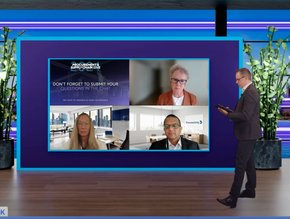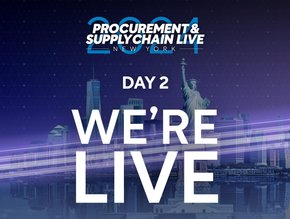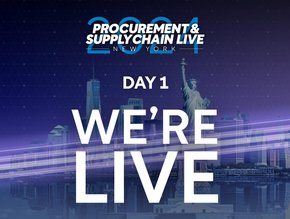ERP Forecasting helps Weather Supply Chain Pressures

The Covid-19 pandemic has resulted in many adverse consequences on supply chains and logistics. These include price volatility, reduced staffing levels because of workers being furloughed or having to self-isolate, the shortage and costs of shipping containers, and employees having to work remotely, usually from home. What’s more, many businesses have had to shift much of their business online.
The result has often been a fractured organisation that has to quickly find new and better ways of working to remain viable. Having done so, the question is how to optimise this new way of working once things get back to some kind of normality.
This is where ERP systems can have a big impact by having features which drive forward the effectiveness and efficiency of a business. These include the integration of previously disparate business functions – such as purchasing, inventory, sales and marketing, finance and HR. ERP also offers the opportunity to input direct pricing from suppliers so minimising the chance of eroded margins, keeping customers up-to-date with price information, and avoiding the need to continuously contact suppliers. These features in turn lead to increased productivity, efficiency, and responsiveness on the part of a business, helping to provide a better customer experience and freeing up local resource.
Transformation for SMEs
ERP systems are no longer the domain only of large enterprises. Small and medium sized businesses are realising how transformative these systems can be in providing better stock control, customer service and ultimately profitability. Cloud technologies, browser-based applications and subscription models are all making ERP systems more accessible and viable for SMEs.
For those unsure whether a business could benefit from an ERP system, the following questions apply:
- Are you looking to hire more people to take on the increasing workload of day-to-day tasks? If you’re looking to do so because your business is drowning in admin tasks and processes, consider whether a software system could enable your existing staff to carry out those tasks more efficiently.
- Do you have full visibility of your prospects and your customer sales journey? Would you know if you’re missing sales opportunities, and can you easily absorb new accounts and reach targets?
- Is your customer service adversely affecting your reputation? Do you find it hard to keep up with customer demands and expectations, and would you like to deliver a personalised service that makes your customers return time and again?
Being web-based and hosted on the cloud, ERP solutions can be easily accessed remotely, rather than needing dedicated servers. But using the services of a reputable IT partner is advisable, in order to ensure the proper integration of the software and the robustness of cloud security.
Better ways of working
The effects of the pandemic and Brexit have led to an increased interest in and uptake of ERP solutions. This has been due to the significant increase in home and remote working, the furloughing and self-isolation of employees leading to smaller teams having to process the same amount of work, and managers having to become more involved at the coalface – exposing them to inefficiencies of previous working practices. Implementing ERP can create new and better ways of working and can improve customers’ experiences. In fact, doing so can amount to nothing less than the digital transformation of a business.
Supply chain problems often stem from not being able to accurately forecast sales and stock levels. To remedy this situation, transparency and visibility of a business’s supply chain and understanding any gaps are key, and this is where ERP systems come into their own.
With ERP software, businesses are able to implement perpetual stock inventories as opposed to annual stock takes, providing greater stock accuracy and enabling the business to increase its revenue and profit, because of the additional trading days freed up as a result of the implementation, alongside efficiencies in picking, organising stock locations, identifying best-sellers and moving stock around to the most efficient location.
ERP Drivers and Barriers
A central ERP system gives a company greater visibility and control of stock, but to avoid any disruption from managing the implementing of such a system:
- Review existing business processes to see how they can be redesigned to increase effectiveness.
- Choose technology that meets future business strategies, not just present circumstances, such as software that has an integrated eCommerce functionality to maximise efficiencies.
- Review and clean customer, supplier and product data to increase the chances of a smooth migration. This is best started as soon as possible, as it can be a lengthy process.
- Make time for the proper training of super users in each department, so that they can help train other staff and take ownership of the process for their department.
- Choose a software provider that can support and help your business achieve maximum return on investment. Choosing the right supplier is just as important – if not more so – than the ERP system itself.
With the inherent benefits of digitisation in general and ERP systems in particular, now is the time to look ahead and ensure that your company is fit for doing profitable business during the 2020s.
Kevin Crowe is Senior Software Consultant at OGL Computer






